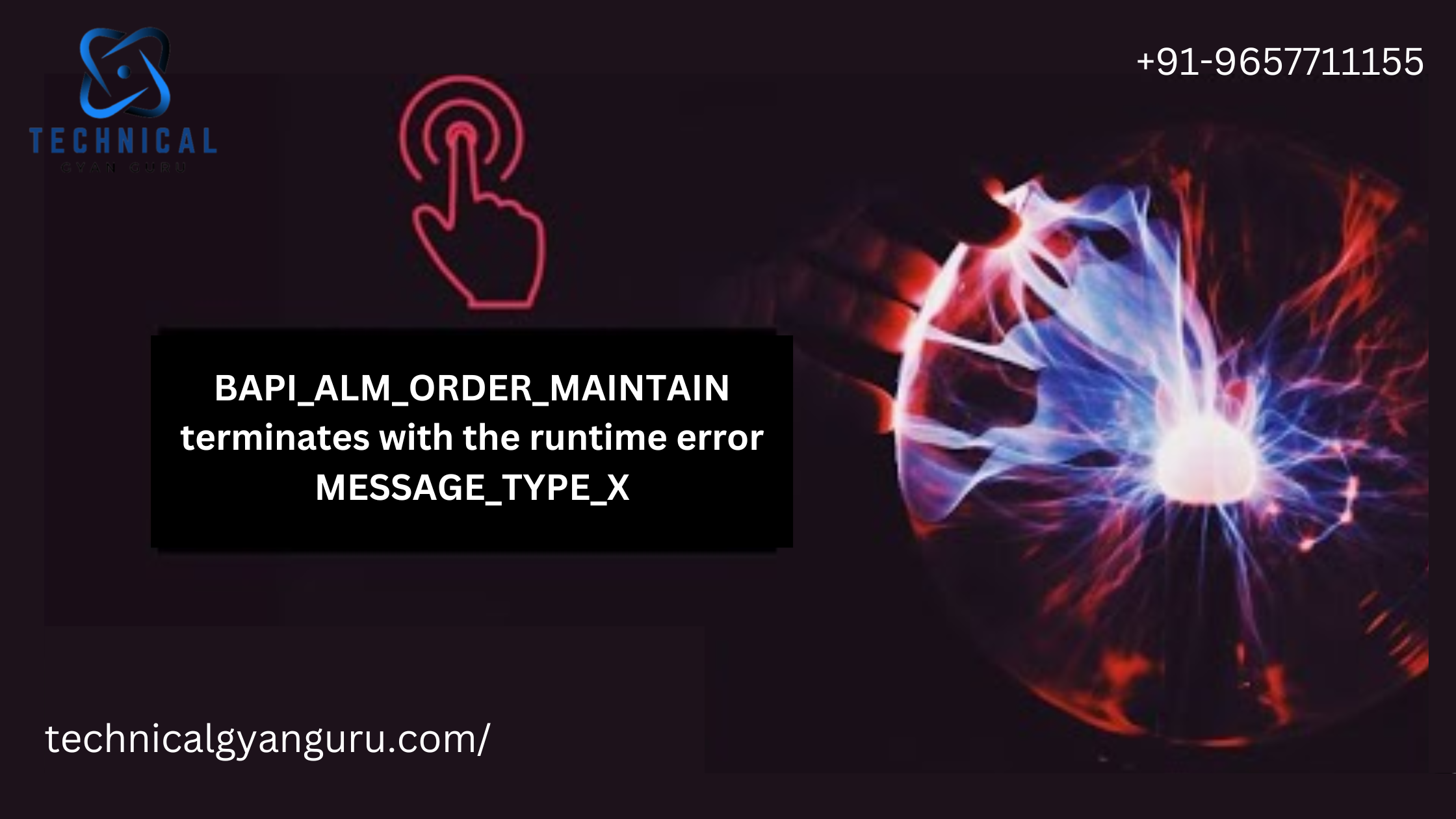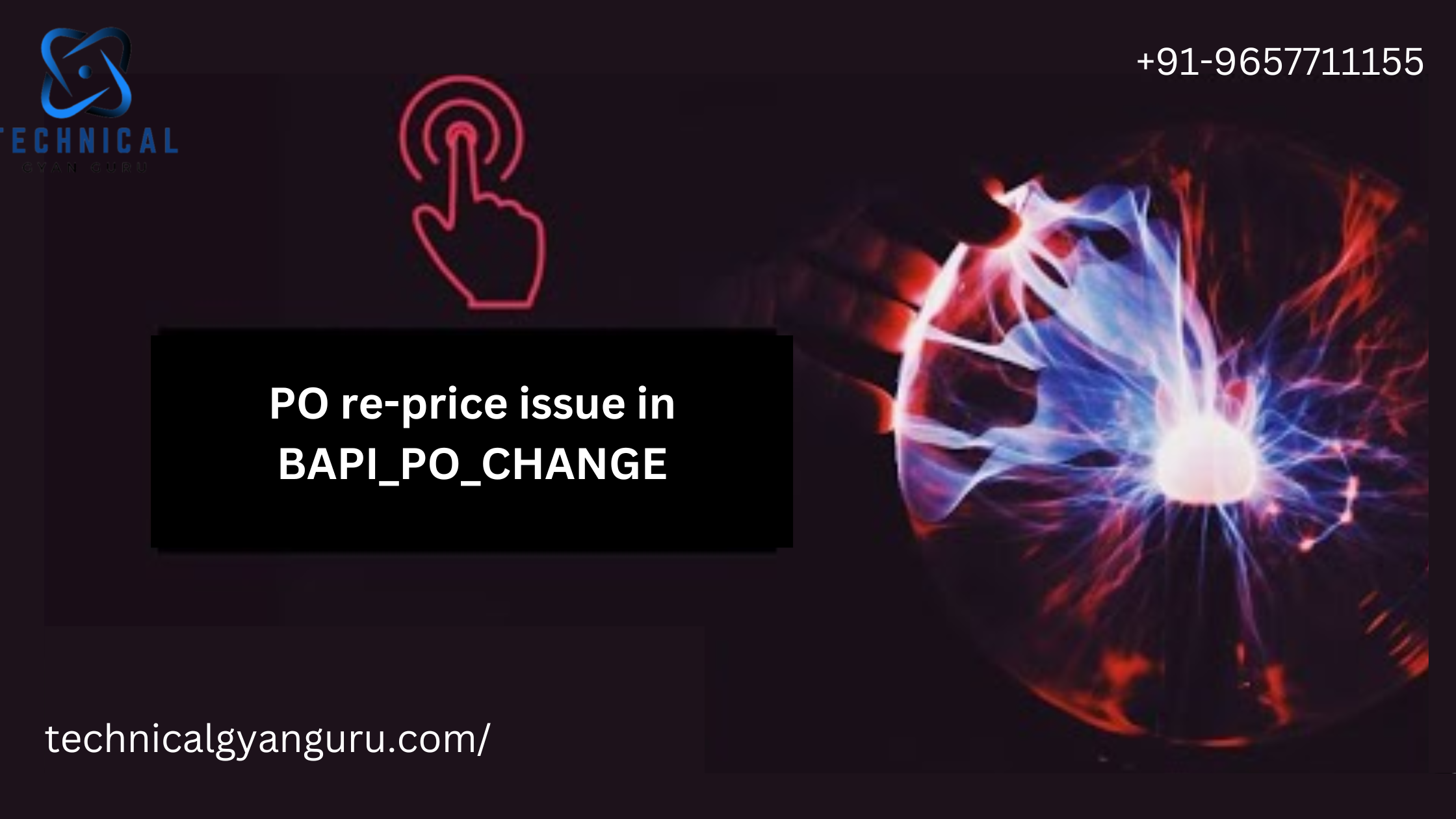
Introduction
In the dynamic world of data management, real-time access to accurate information is paramount for making informed business decisions. SAP HANA Direct Extractor Connection (DXC) offers a streamlined approach to extracting data from SAP source systems directly into SAP HANA. In this tutorial, we will delve into the world of SAP HANA DXC, guiding you through its significance, setup process, benefits, and how it empowers organizations to achieve efficient data integration.
Understanding SAP HANA Direct Extractor Connection (DXC)
SAP HANA DXC is a feature that enables direct data extraction from SAP source systems, such as SAP ERP, SAP S/4HANA, and SAP BW, into the SAP HANA database. This eliminates the need for intermediate layers and data transformation, allowing for real-time or near-real-time access to data for analytics and reporting purposes.
Key Benefits of SAP HANA DXC
- Real-Time Insights: SAP HANA DXC facilitates real-time data extraction, ensuring that the data stored in SAP HANA reflects the most up-to-date information from source systems.
- Simplified Architecture: DXC eliminates the need for additional ETL (Extract, Transform, Load) layers, simplifying the data integration landscape and reducing complexity.
- Reduced Latency: By directly extracting data into SAP HANA, DXC minimizes the delay between data changes in source systems and their availability in SAP HANA.
- Efficient Data Integration: DXC streamlines the data extraction process, reducing the time and effort required to move data from SAP source systems to SAP HANA.
- Real-Time Reporting: With real-time data at your fingertips, DXC empowers organizations to create dynamic and insightful reports for prompt decision-making.
Setting Up SAP HANA DXC: A Step-by-Step Tutorial
Let’s walk through the process of setting up SAP HANA DXC:
Prerequisites:
- Ensure that you have access to both the SAP source system and the SAP HANA database.
Step 1: Configure DXC in SAP HANA
- Log in to the SAP HANA Cockpit or the SAP HANA Studio.
- Navigate to the “Security” section and configure the necessary privileges for DXC.
Step 2: Create a Data Provisioning Service in SAP HANA
- In SAP HANA, create a data provisioning service to manage the DXC configurations.
- Define the source system connection details, such as the system ID and client.
Step 3: Create a DXC Configuration
- Define a DXC configuration, specifying the source system and the tables you want to extract.
- Configure the scheduling options for the data extraction frequency.
Step 4: Activate the DXC Configuration
- Once the DXC configuration is defined, activate it to initiate the data extraction process.
- Monitor the DXC jobs to ensure that data is being extracted and loaded into SAP HANA successfully.
Step 5: Access Data in SAP HANA
- Once the data extraction is complete, access the extracted data directly in SAP HANA for analytics and reporting.
- Use SAP HANA’s powerful tools to create meaningful insights from the extracted data.
Conclusion
SAP HANA Direct Extractor Connection (DXC) empowers organizations to achieve efficient and real-time data integration between SAP source systems and SAP HANA. By eliminating intermediate layers and enabling direct data extraction, DXC accelerates data availability, reduces latency, and simplifies the data integration landscape. As businesses strive to make informed decisions in a fast-paced environment, mastering SAP HANA DXC becomes essential for harnessing the power of real-time data and staying competitive in today’s data-driven landscape.







